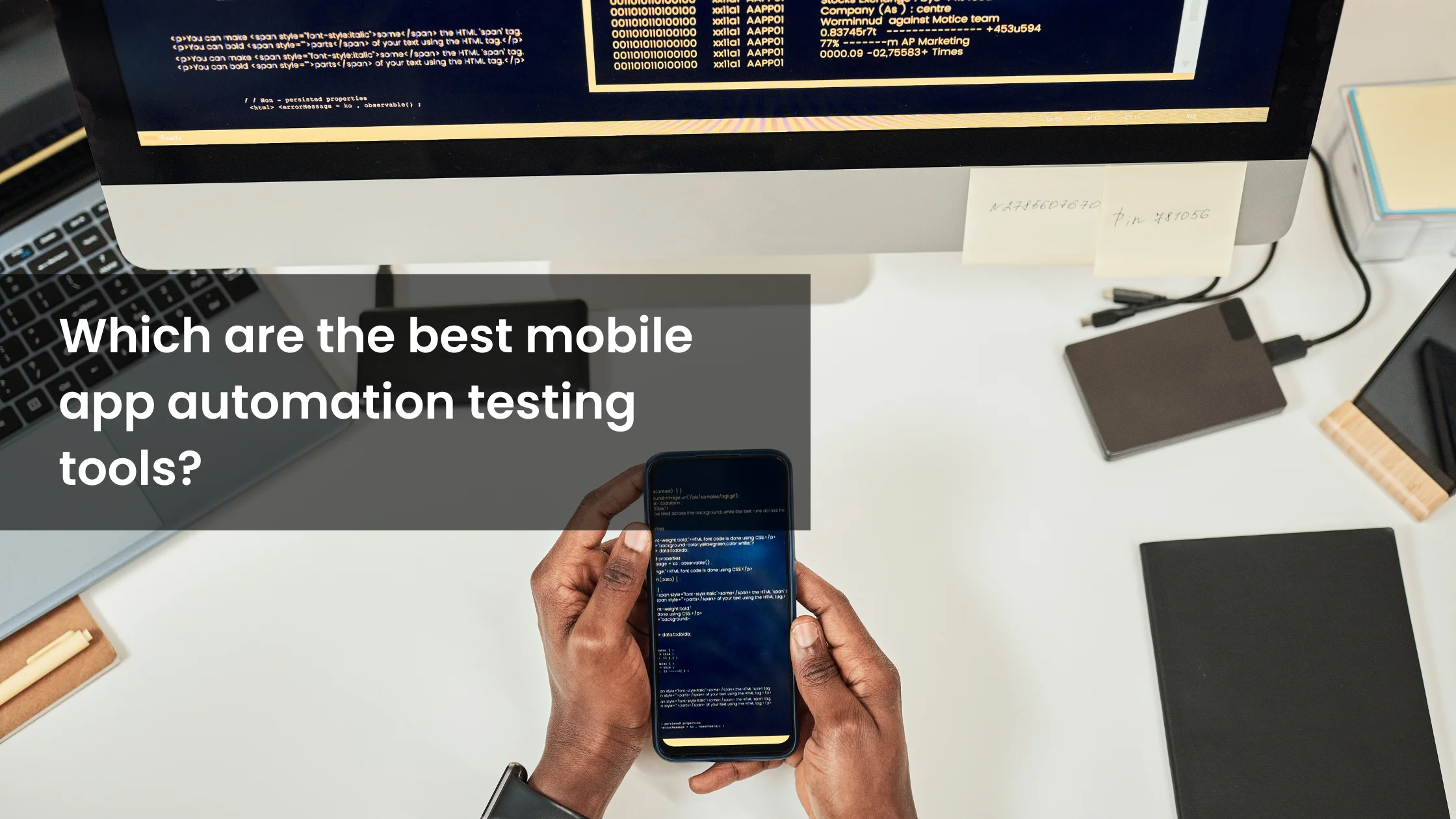 Hey there, app developer extraordinaire! Are you ready to take your mobile app to the next level? Let's face it, launching an app without thorough testing is like jumping out of a plane without checking your parachute. Scary, right? That’s where software testing services swoop in to save the day, ensuring your app isn't just good, but great. But can these services really help with mobile app testing? Buckle up, because we're about to find out!
Hey there, app developer extraordinaire! Are you ready to take your mobile app to the next level? Let's face it, launching an app without thorough testing is like jumping out of a plane without checking your parachute. Scary, right? That’s where software testing services swoop in to save the day, ensuring your app isn't just good, but great. But can these services really help with mobile app testing? Buckle up, because we're about to find out!
The Mobile Maze
Mobile app testing is a labyrinth of its own. With countless devices, operating systems, and user behaviors, ensuring your app performs flawlessly everywhere is no small feat. Whether it’s an Android marvel or an iOS gem, mobile app testing services are designed to tackle this challenge head-on. They cover everything from functional testing to performance optimization, ensuring your app not only works but excels.
The Power of Expertise
Imagine having a team of experts with a laser focus on finding and squashing bugs. That’s what you get with professional mobile app testing services. These wizards don’t just test; they put your app through the wringer, catching issues you might never have considered. From performance testing to security assessments, they leave no stone unturned.
Tailored Testing
Every app is unique, and so are its testing needs. Mobile app testing services offer tailored solutions, adapting their strategies to fit your specific requirements. Whether you're launching a game, a productivity tool, or a social media platform, these services ensure your app meets the highest standards. They can even handle exploratory testing, navigating through your app in unpredictable ways to uncover hidden bugs and usability issues.
Speed and Efficiency
In the fast-paced world of app development, time is of the essence. Delays can mean missed opportunities and unhappy users. That's why software testing services emphasize speed without compromising quality. With methodologies like automation testing, they streamline the process, ensuring rapid, accurate results that keep your project on track.
Conclusion
So, can software testing services help with mobile app testing? Absolutely! They bring expertise, efficiency, and a thorough approach to ensure your app not only meets but exceeds user expectations. So go ahead, give your app the best shot at success with top-notch mobile app testing services. Your users (and your sanity) will thank you!
 Hey there, tech enthusiast! So, you've built a fantastic mobile app, and now you're wondering how to ensure it works flawlessly on every device. Enter the world of mobile app automation testing tools! Let's dive into some of the best tools out there that can make your testing process a breeze.
Hey there, tech enthusiast! So, you've built a fantastic mobile app, and now you're wondering how to ensure it works flawlessly on every device. Enter the world of mobile app automation testing tools! Let's dive into some of the best tools out there that can make your testing process a breeze. Hey there, future mobile testing guru! So, you're ready to dive into the fascinating world of mobile automation testing? Buckle up, because we're about to embark on a journey that will make your QA skills shine brighter than ever. Whether you're a seasoned tester or a newbie, these strategies will help you master mobile automation testing like a pro.
Hey there, future mobile testing guru! So, you're ready to dive into the fascinating world of mobile automation testing? Buckle up, because we're about to embark on a journey that will make your QA skills shine brighter than ever. Whether you're a seasoned tester or a newbie, these strategies will help you master mobile automation testing like a pro. Hey there, web enthusiast! Ever wondered why some websites load faster than a cheetah on espresso, while others crawl like a sleepy sloth? Well, today, we're diving into the wild world of website performance testing. Grab a cup of coffee (or tea, we don't judge), sit back, and let's get your website sprinting like Usain Bolt.
Hey there, web enthusiast! Ever wondered why some websites load faster than a cheetah on espresso, while others crawl like a sleepy sloth? Well, today, we're diving into the wild world of website performance testing. Grab a cup of coffee (or tea, we don't judge), sit back, and let's get your website sprinting like Usain Bolt.